Growing Portulak with pleasure is engaged in both professional gardeners and amateurs. The plant is valued for its unpretentiousness, as well as lush flowering. Portulak is suitable for growing not only in the open soil, it perfectly carries out in the suspended vases and on the windowsill. How to grow Portulak at home, you will learn in this article.
Morphological characteristics of Portulak
The portulakov family has more than 100 plant varieties. Portulak received its name due to the peculiarities of seed boxes - they are opening like a small gate, and from Latin Portula means "gate".
Portulaki can be annual and perennial, but they are all characterized by a slight increase. These are pinned plants up to 30 cm in height with juicy meaty foliage and branched swivel stem. The leaves may have not only traditionally green, but also a brownish color. In shape they resemble a flattened egg. The period of flowering Portulak lasts from June to September, the flowers depending on the variety are white, yellow, red and even dark brown.
Types and varieties
For the genus Portulak, more than 200 types of grassy plants can be attributed, including succulents, the distinctive feature of which is meaty stem and leaves. However, as a garden culture, only one of the numerous views of Portulak is grown - large-flowered.
The birthplace of large-flowered Portulak is South America, over time he spread throughout the European continent, and today it can be found not only in the city clubs in England or France, but also in Russian gardens. Large-flowered variety has been popular because of its magnificent colorful flowering.
There are several varieties of large-flowered garden portulak. White-color - one of the most common varieties, giving lush terry flowers.
Spling variety is distinguished by bright purple pink flowers.
Portulak is grown not only for beauty, but also as a medicinal plant. We will tell you about the beneficial properties a little later. For such purposes, the garden variety of plants is divorced - portula garden or vegetable. It can be found in highly branched stems and oblong-shovel leaves. Another feature is unbelievable, compared to the rest of the portulak, flowering with small pale yellow flowers. But, repeat, they are not growing because of beautiful flowering, but in food and for treatment.
Other varieties of decorative large-flowered portulaka:
- Sonya - a plating of a simple form height up to 15 cm.
- Flamenco - terry portulak up to 20 cm high with multi-colored flowers.
- Double mix - terry grade with flowers similar to small bushes.
- Kalambourg - terry or semi-sorted grade up to 15 cm high with flowers up to 4 cm in diameter.
- Sanglo - grade with the largest flowers.
- Claudbiter is a distinctive feature of this variety in that its flowers are not closed cloudy weather.
- Mango - terry grade with pinkish-orange flowers.
- Flash - blooms bright red.
- Tequila Cherry - a hybrid variety with dark burgundy flowers.
Useful properties of Portulak
Previously, people were closer to nature and knew about plants much more than today. Modern technical progress and development of medicine came to replace the understanding and use of plants for therapeutic and sacred purposes. Today, the majority will tell, from which one or another tablet helps than at least name the names of the plants at home under the house. As for Portulak, its beneficial properties prevail over decorative, and if desired, it can become an excellent assistant in the prevention and treatment of many diseases.
In particular, we are talking about Garden Portulak, because the large-flowered decorative all life forces go into flowering. The ancient Greeks and Romans used the fleshy leaves of Portulak to eat. The medical works described the numerous positive effects of Portulak on the digestive system and health in general. Despite the fact that the plant was actively used in southern and eastern countries in ancient times, Europe learned about Portulak only in the XVII century. The very first to be interested in the French chefs, they also contributed to the popularization and spread of Portulak to other countries.
With the advent of modern funds for studying the chemical composition, it was possible to find out that in Portulak, in addition to the healthy chlorophyll health, contains a lot of iron, zinc, magnesium, potassium and calcium. Also in fleshy leaves there are carotene, ascorbic and nicotinic acid. You can eat stalks with leaves, adding them to vegetable and fruit salads, side dishes, meat and fish dishes. Green cocktails with Portulak are very helpful.
Boiled portulak twigs serve as a side dishes as a side dish. Dried greenery plants are used as a spice for soups, sausages and meat products. Also popular Marinated leaves of Portulak.
If you turn on fresh or dried portulak to your diet, you can prevent many diseases. But with existing ailments, the plant can help to cope. Even in the ancient times, doctors found out that Portulak is able to effectively clean the body from slags accumulated as a result of an improper lifestyle. Modern medicine only confirms this knowledge, positioning Portulak as an effective diuretic and powerful antioxidant. Leaves and stalks are added with medicinal fees and infusions from overwork, insomnia, meteorism, diseases of filtering organs (liver, kidneys), etc.
Among other things, Portulak normalizes blood sugar levels, "lines" blood pressure. In the old days, fresh leaves were applied to snake bite, since Portulak's juice pulled out and neutralized poison.
Growing Portulak.
Most of the gardeners are divorced by Portulak, since this is the most convenient way for the Russian climate. In southern warm countries, seed squeezing is more practiced immediately into the ground, but the climatic conditions of the middle band are not too suited to the thermal-loving plant. The opinions of professional gardeners about when it is better to prepare seeds to seedlings, diverge - some believe that this should be done at the end of February or in early March, others prefer to plant Portulak in April. The second option is more preferable, since the light day becomes longer and warm, so that plants do not have to be illuminated by artificially.
Before sowing Portulak, prepare an earthen mixture. All purchased soils for plants contain a pretty amount of peat for "pomp", but this component slows down the process of germination of portulak seeds. To make a suitable mixture, add 20% of river sand to the garden land, mix and roll the mixture into the oven for disinfection. Then put the Earth into the seedling container with drainage holes. For better drainage, the bottom is recommended to dry with clay or gravel. Abundant sprinkle the ground with an accumulated water temperature. If possible, use melting water. It can be done independently, freezing the dilated water in the refrigerator.
Put the portulaka seeds in 1-1.5 cm from each other and plucked the ground slightly. Container Close the food film or transparent polyethylene package to create a greenhouse effect. Now it remains only to wait for the germination of seeds. So that it happened as quickly as possible, place the container into a warm light place, but not under direct sunlight. Temperature should not be descended below + 22c (optimally + 30s). If the conditions are complied with correctly, the seedlings will begin to appear in a week. When all seeds crush, you can remove the film.
At this stage, it is necessary to maintain the relative humidity of the soil and take care of the young seedlings from the direct rays of the sun. Growing Portulak seeds to seedlings requires lower irrigation and additional lighting if necessary.
Useful advice: If the seedlings are very pulled in height, then they lack light - install additional artificial lighting. It is enough to highlight them a couple of hours in the morning and in the evening to increase their light day thus. If the day got cloudy, the lamp can not be turned off.
Picking and landing Portulak is produced when two real leaves will appear in the seedlings. Separate them in the pots of 7-8 cm in diameter of 3 pcs. In each, trying to preserve the earthen com on the roots intact. For the first week after picking, water as the land drying with ordinary water, and when the plants come together, make the first feeding with mineral complex fertilizers. Feed the portula once a week or every 10 days until the landing in the open ground.
Landing
Looking out Portulak to open soil follows no earlier than June, because at this time you can already be sure that freezes will suddenly begin and destroy the plants. Portulak begins to root and die at temperatures below + 10c. It is necessary to plant it in a pre-prepared place located at the highest and sunny plot. If you put a portula in the half, it may not bloom, and if its roots are in a very moistened soil, the plant rotates. With all his capriciousness, Portulak loves poor sandy soils and blooms on them more magnificent. And if you "take care" and put it in a good fertilized land, Portulak actively scores the green mass, but there will be no colors.
Before planting Portulak, make sure that the seedlings have a minimum of 10 real leaves and a pair-triple of buds:
- Plant bushes at least 15-20 cm from each other so that as they did not light up each other.
- For the first few days, abundantly water the plants in the mornings or evenings, especially if the weather turned out to be dry.
- After 3-4 days, produce watering twice a week.
- Blossom will begin in 4-5 weeks after disembarking in open ground.
It is very easy to care for the Portulak - you just need to watered it. Despite thick leathery leaves, adapted to keep moisture well, the plant needs a stable watering for normal flowering. It should be understood that bloom takes all chemical and energy resources, so if Portulak is not enough water, it will "cancel" bloom and will economically spend moisture accumulated by leaves. It is not necessary to feed it and fertilize it, it is not necessary to pour and loose the soil - too.
When the lush bloom starts to go, and you will notice the first fading buds, tear them without regret. At this time, they are very easy to remove them from the wound, and if you perch, they will get dry and closed the fruit box. Over time, it will open, and the seeds will fall into the ground. In southern countries, this state of affairs is completely normal and naturally, but in a colder climate, seeds simply die. Therefore, if you want to decorate the garden of the Portulak and the next year, remove the fading flowers and bring the seed boxes. Leave them to diving for a week, and then collect and hide until spring. You can keep the seeds of Portulak not longer than 3 years old, then they lose their germination.
When you collect seeds from all plants, remove the flashing portulak and dig up the ground. If you grow a garden, not a large-flowered decorative portulak, with the collection of seeds and pumping, you can not mess around - the plant is perfectly multiplied by self-sowing.
Diseases and pests
Even the most inexperienced amateur gardener can be engaged in growing Portulak. You will not need to know the composition of chemical fertilizers, regular care and professional skills. The plant is very unpretentious and besides sustainably affected by diseases and insects parasites. In this regard, difficulties arise very rarely, and Portulak does not suffer from some specific pigeons, but "for the company" with the rest of the plants. So, in the spring, mass raids are often taking place, and it affects all garden plants, including Portulak. To combat TLI in this case, it is recommended to use the classic method - spraying insecticides.
Sometimes Mushroom Albugo Portulaca can live on Portulak. Evidence of this is a strong deformation of shoots, the appearance of spots on green leaves. If you have noticed these signs, do not try to treat infected shoots - remove them, and the remaining plants spray a fungicide with copper content. Otherwise, the departure for the portulak is regular watering.


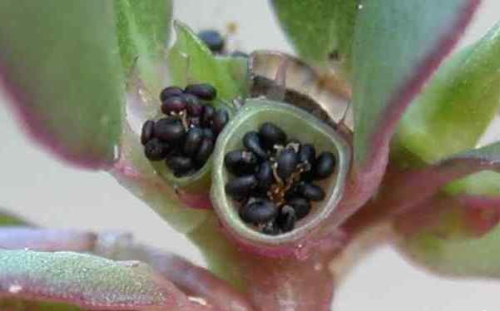
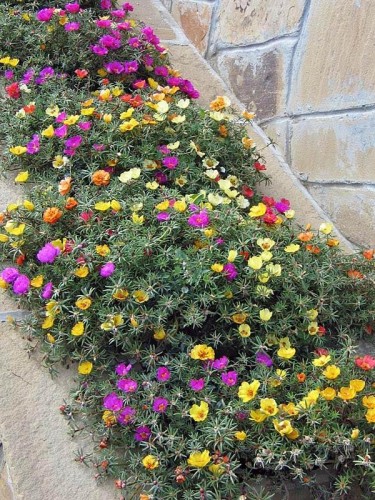

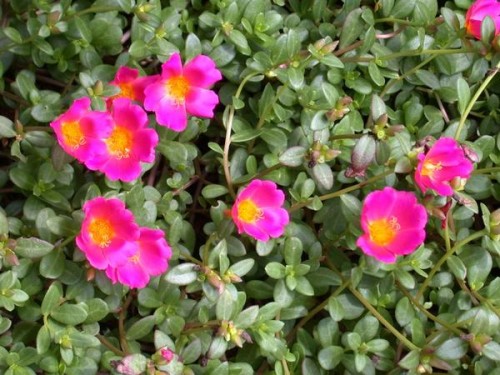
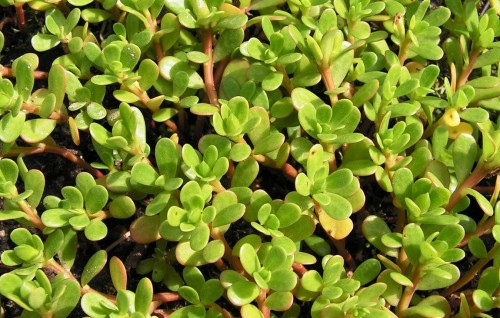
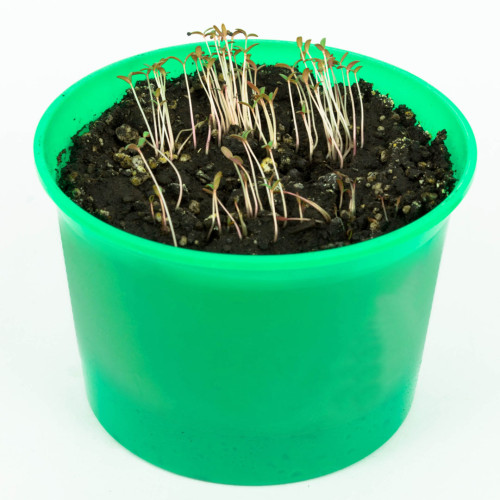

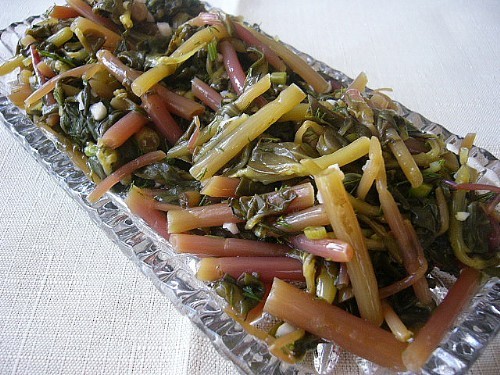
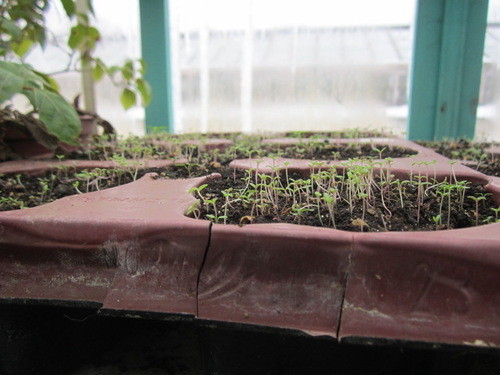


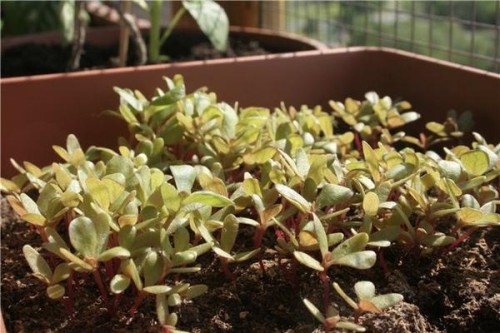
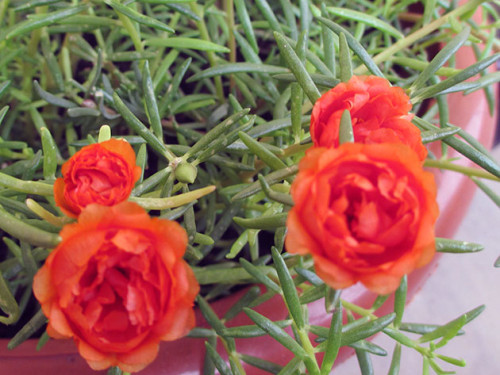
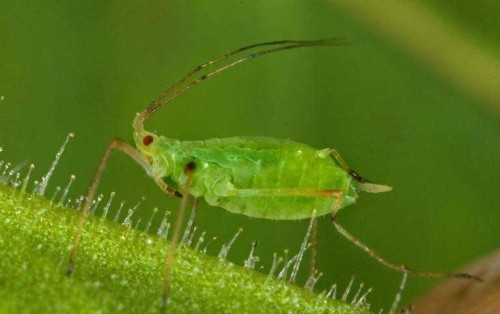
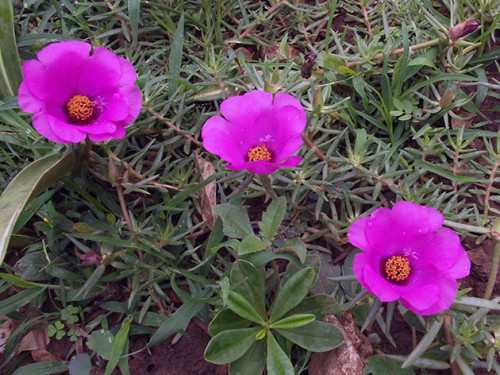
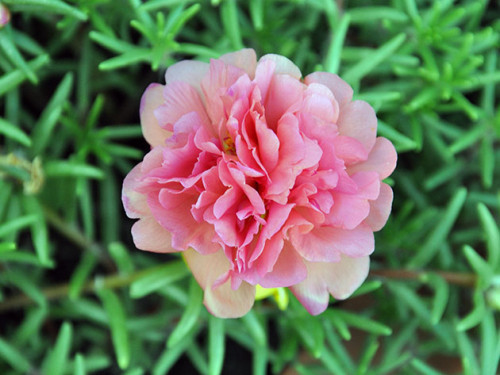

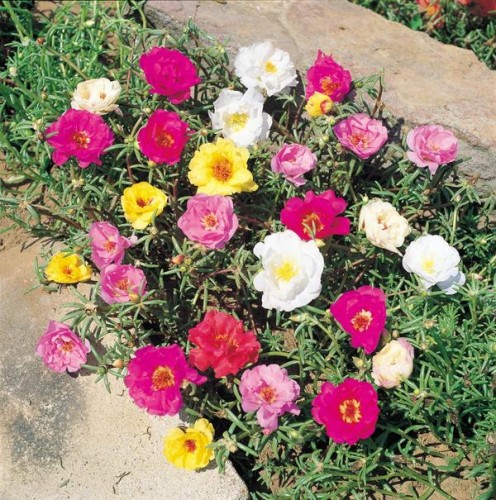
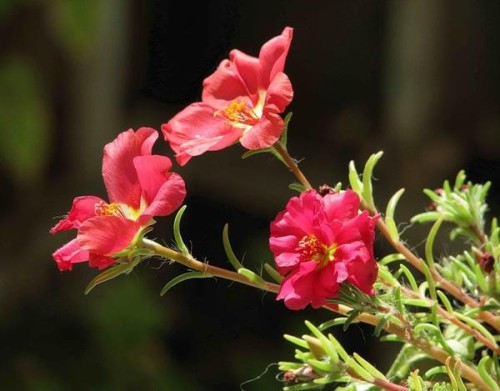
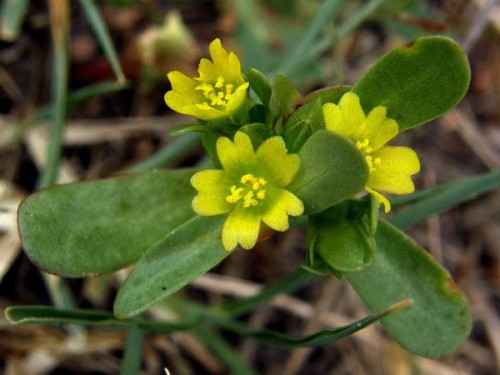












 Start a discussion ...
Start a discussion ...